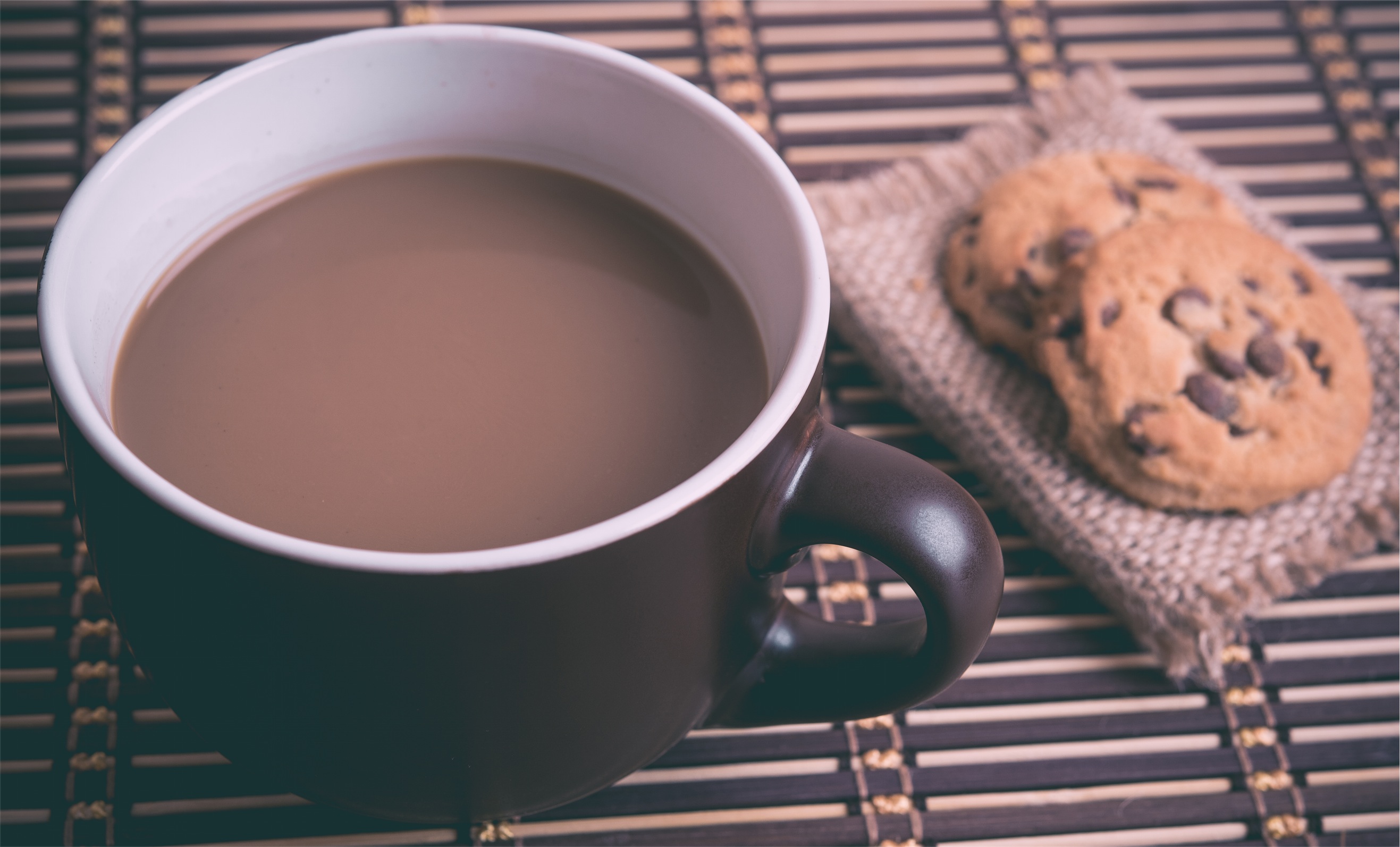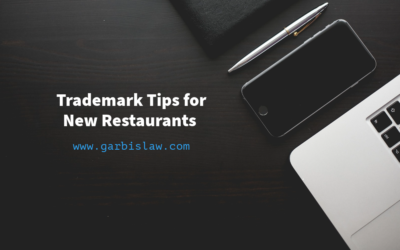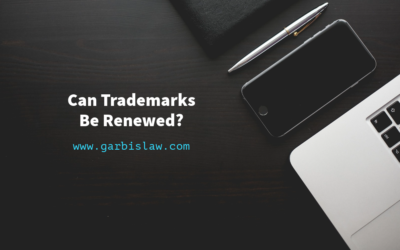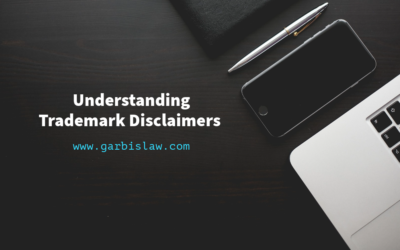Technically, the answer is yes. Is it likely? Probably not. Another, and perhaps better question you should be asking yourself is whether or not you actually want to pursue patent protection.
Is a recipe patentable?
In order to be patentable, a recipe must meet all of the patentability requirements set forth in the U.S. Patent Act. For an invention to be patentable, it must:
- Be considered patentable subject matter,
- Be useful,
- Be novel (new), and
- Be nonobvious.
35 U.S.C. §101 of the U.S. Patent Act states that:
Whoever invents or discovers any new and useful process, machine, manufacture, or composition of matter, or any new and useful improvement thereof, may obtain a patent therefor, subject to the conditions and requirements of this title.
Based off of that definition, a recipe will meet the definition of the first requirement, as it may be considered a “process” or “composition of matter.” When we think of “recipes,” we typically think of a list of ingredients and a certain way of combining those ingredients to come to the end result. In other words, the “composition of matter” would be the ingredients and the step by step directions would be the “process.” Therefore, a recipe can be considered patentable subject matter and we can move along to the next requirement.
Useful – This is a relatively simple burden to meet and does not warrant much discussion here. The term “useful” simply means that the subject matter has a useful purpose and includes the element of operativeness. In other words, the invention must be able to perform the intended purpose in order for it to be useful. Recipes will easily meet this requirement, as they are “operative” as defined here.
The next element is novelty, or whether or not the recipe is new. This, along with the final requirement of nonobvious is where many recipes are likely to fail.
35 U.S.C. §102, in part, states:
A person shall be entitled to a patent unless –
(1) the claimed invention was patented, described in a printed publication, or in public use, on sale, or otherwise available to the public before the effective filing date of the claimed invention; or
(2) the claimed invention was described in a patent issued under section 151, or in an application for patent published or deemed published under section 122(b), in which the patent or application, as the case may be, names another inventor and was effectively filed before the effective filing date of the claimed invention.
What that statute is basically saying is that if the invention does not already exist, then it may be patentable. If there your recipe is found in any prior art, you will not meet the elements of this requirement, unless there are differences that may be nonobvious.
Going hand in hand with the novelty requirement is that of non-obviousness. In order for an invention to be patentable, it must also be nonobvious over the prior art. The test used is here is whether or not the invention to be patented would have been obvious “to one of ordinary skill in the art.” The kicker here is that a Patent Examiner will not look at each prior art item individually, but may combine different art to read your invention as obvious. Being that recipes are mostly a combinations of known ingredients n specified amounts or variations of known recipes, the result you create may be found to be obvious to a person having ordinary skill in the culinary arts.
As you can see, obtaining patent protection for a recipe can be prove to be a difficult task and might not actually be the best way to approach it.
Trade Secrets
A potentially longer lasting method of protecting your recipe is utilizing trade secrets. The major benefit of trade secrets is that you do not disclose the actual recipe or process of creating the item and it can potentially last forever if proper security measures are implemented from the beginning. A patent, on the other hand, only lasts 20 years from the date of filing and everything must be disclosed making it public. After filing a patent application, it will publish after a certain amount of time which typically is alright if you end up actually receiving a patent on the invention. What happens if you file a patent on a recipe, it publishes, but you are not successful in actually receiving a patent? You are out of luck that’s what. What you may have been able to protect through trade secrets is not lost and available for everyone to see and use.
Granted, there are no guarantees you can stop someone from reverse engineering your recipe if you don’t have patent protection, but recipes like those for Coca-Cola, Dr. Pepper, and KFC fried chicken are all trade secrets and not protected through patents.
If you take the trade secret route, you must have the security in place to protect your recipes. This starts with employee non-disclosure agreements, limiting the amount of people who actually know the recipe, limiting access to those who don’t, and other applicable measures that may help you protect your secret.





